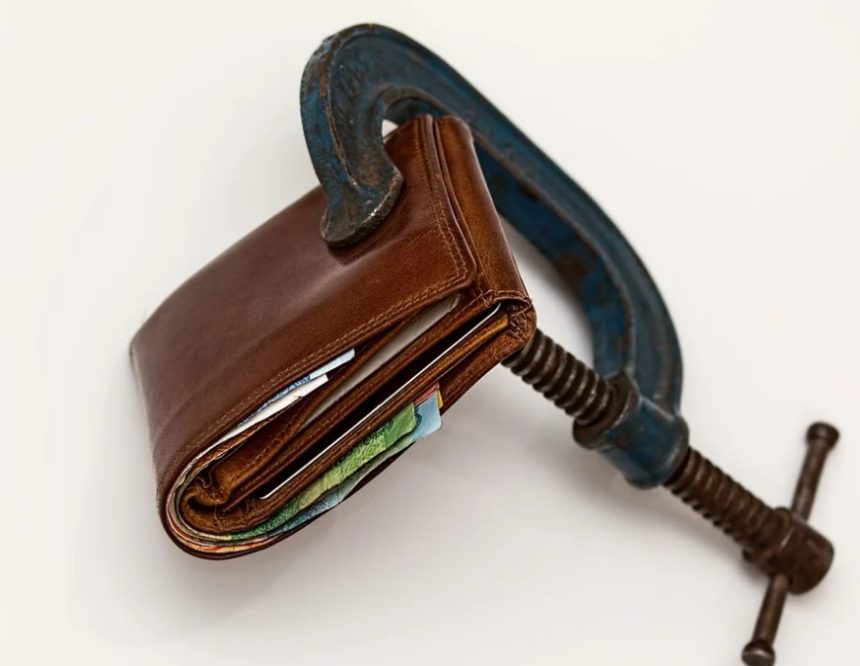There are a variety of methods out there for managing your debt. One of the most popular is the snowball method because it is a simple but effective way to knock out your debts quickly.
The snowball method is effective for all kinds of debts, including credit cards, student loans, medical bills, and more. If you’re ready to stop worrying about money and get in a better financial situation, here are the steps the snowball method uses:
Step 1: Collect all of your bills
You can’t get yourself out of debt until you have a full understanding of where you stand. Collect all of your bills into one place and look at them without judgment. You might feel guilty about your past mistakes, but avoiding them completely will only make things worse.
Make sure you consider not only outstanding debts but the regular bills that come in, too. Collect every cost you have before you try to go any further so that you won’t have to spend time backtracking or get frustrated and give up altogether.
Step 2: Assess how much money you have
Now that you know how much money is going out, you need to know how much is coming in. Paying off debt means budgeting so that you end up with “extra” money after paying your bills. Many of us get into debt because we’ve done the opposite and spent more than we earn.
Consider all of the ways you make money. It may just be a regular paycheck, but it might also be cash from rebates, side gigs, birthdays and anniversaries, or a number of different sources. Account for every cent that comes in and adjust your budget so that you know exactly how much you’re working with.
Step 3: Begin paying off the smallest debt
The snowball method works by giving quick results that motivate us to keep going. Don’t focus on what your interest rates are now; your goal right now is to get the ball rolling and knocking out any debt as fast as possible.
Rank your debts from the lowest amount to the highest. Now that you know which debt will be easiest to get rid of, start making it happen. Pay off the minimum payment for all debts except your lowest. Any additional money you have needs to go towards getting that smallest debt down to $0.
Step 4: Reward yourself for hitting a goal
Getting out of debt is difficult, stressful, and full of emotions, so it’s important that you celebrate every win. Whenever you pay off a credit card, reward yourself with a little non-monetary treat (you don’t want to dig yourself back into debt!) such as a day spent doing something you love like gardening, reading, etc.
Also Read: US House impeachment testimony resumes with State Dept witness
Many people will skip this step because they feel shame for having to pay off debt in the first place, but that’s not the right way to look at this. No one is perfect, and everyone makes mistakes. It’s worth recognizing the work we do to make our lives better, so let’s celebrate!
Step 5: Continue onto the next debt
Once you’ve knocked out the smallest debt, it’s time to start working on the next smallest one. The good news is, now that you’ve removed one payment, you can put that money towards paying your next debt off much faster. This is the “snowball” part that comes into play: the more you pay off, the bigger the money snowball becomes that goes towards the next debt until you’re in the clear.
The bottom line
Getting out from under your debts should be a priority so that you can have a better life. Use the steps outlined here to get that snowball rolling so that you’ll be free from the stress that comes with being in debt as soon as possible.














